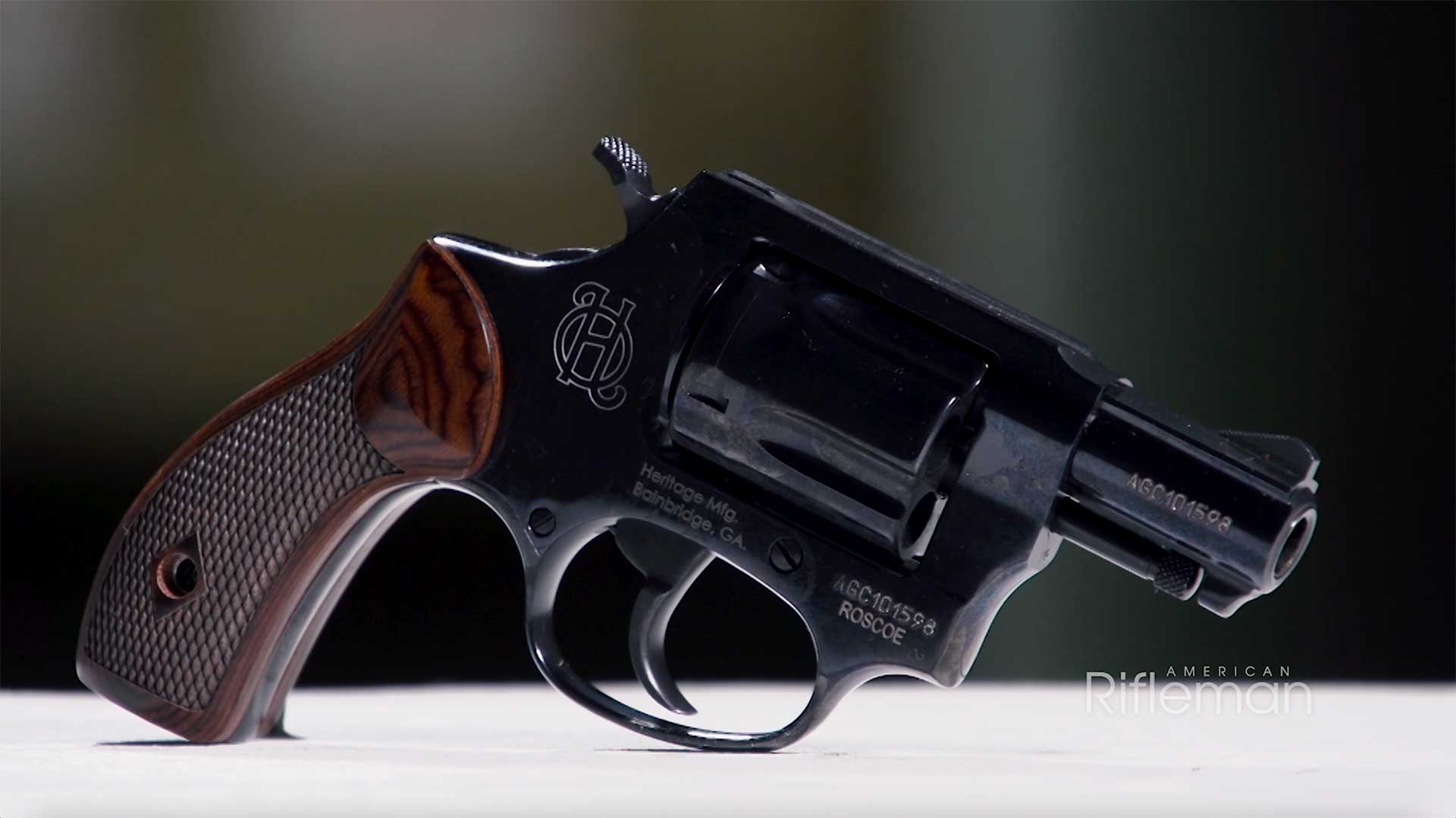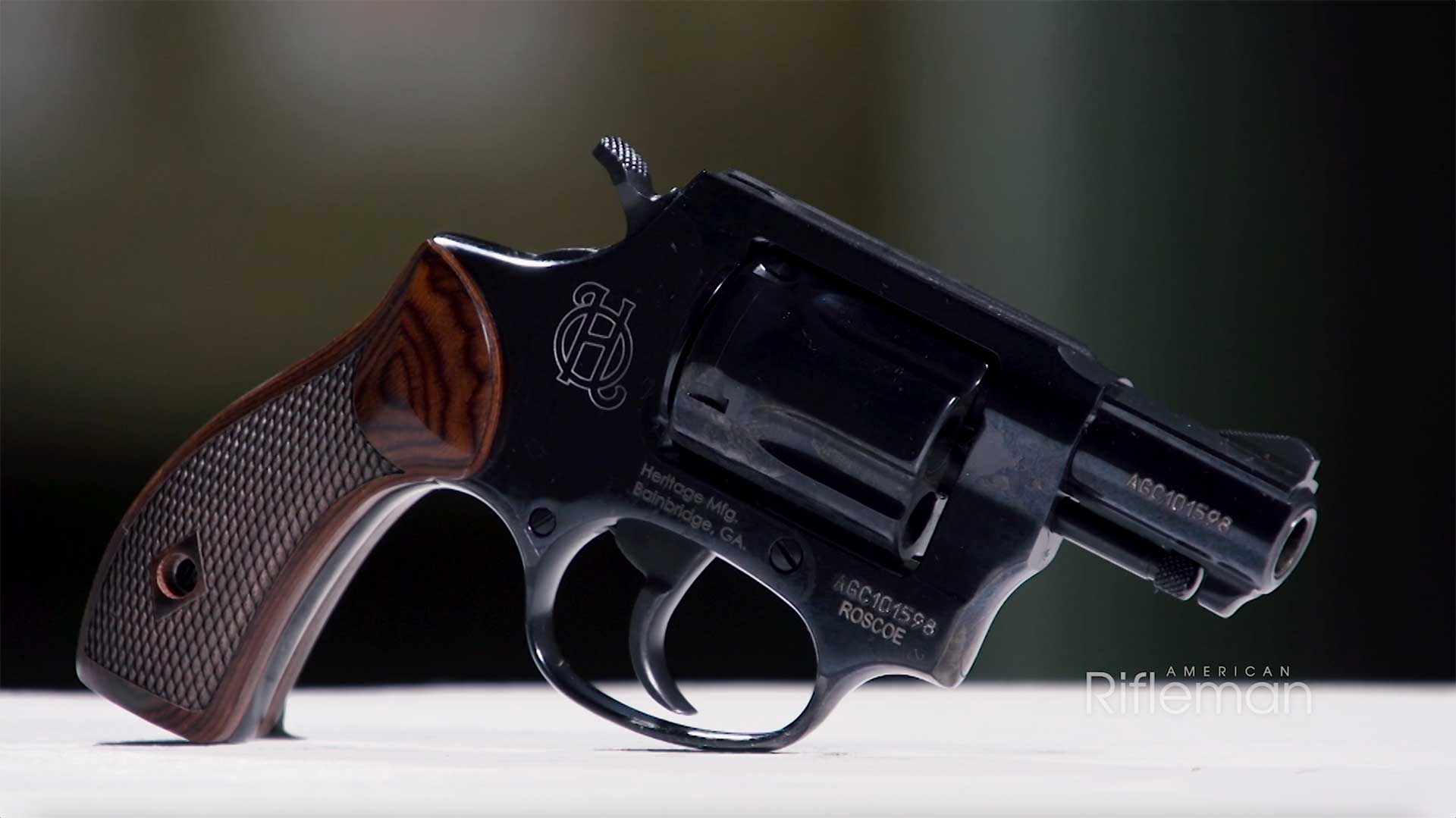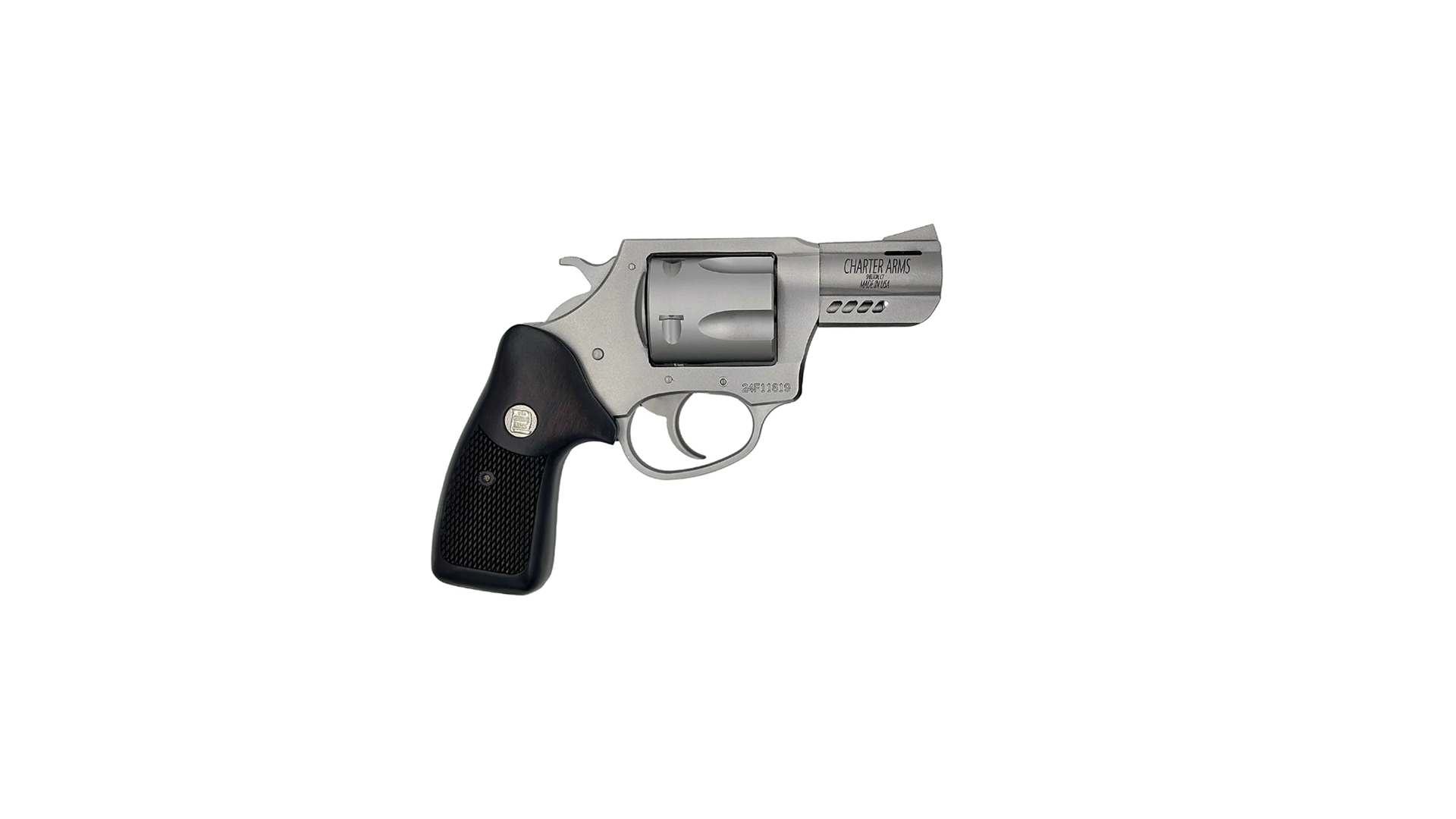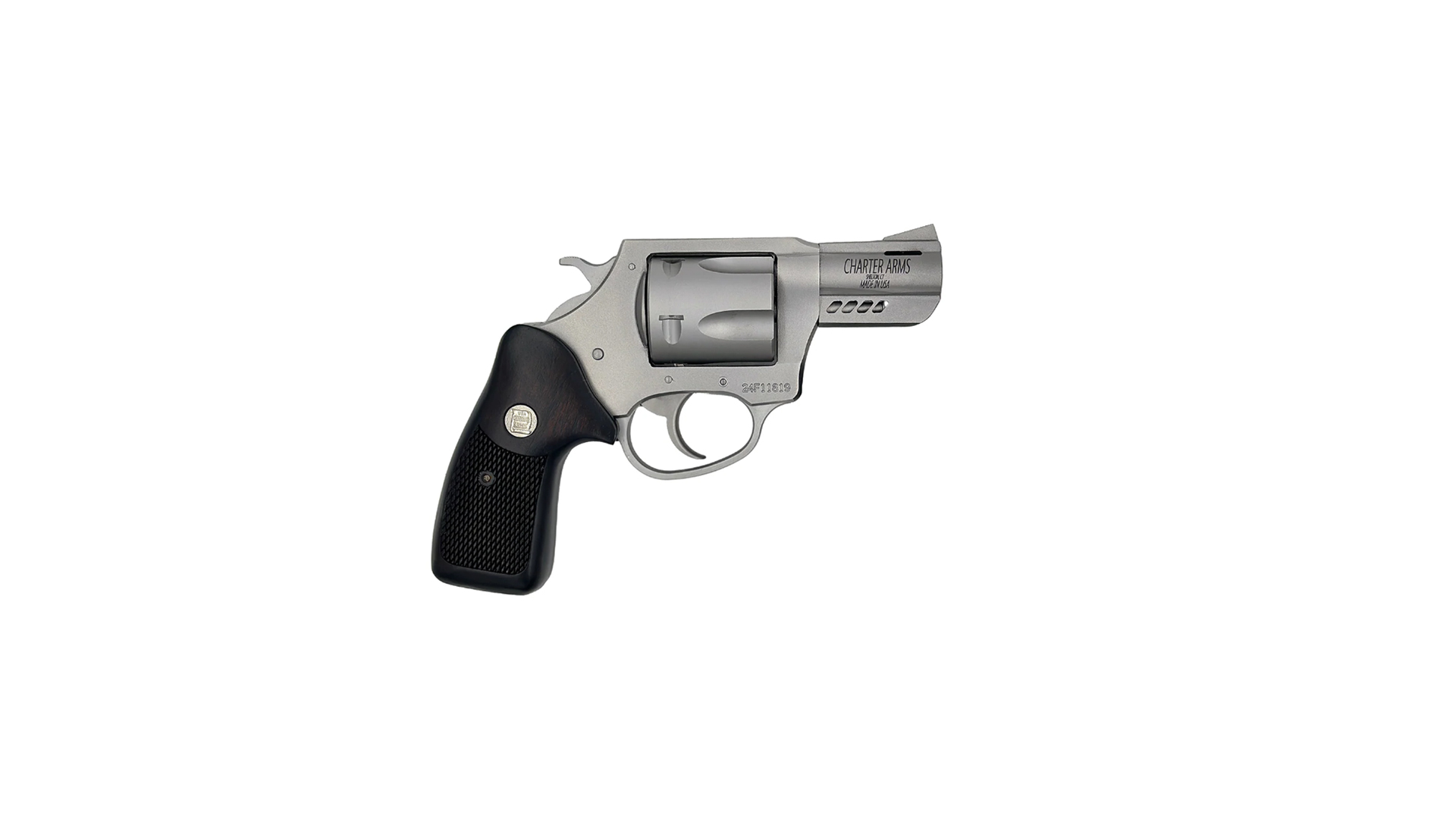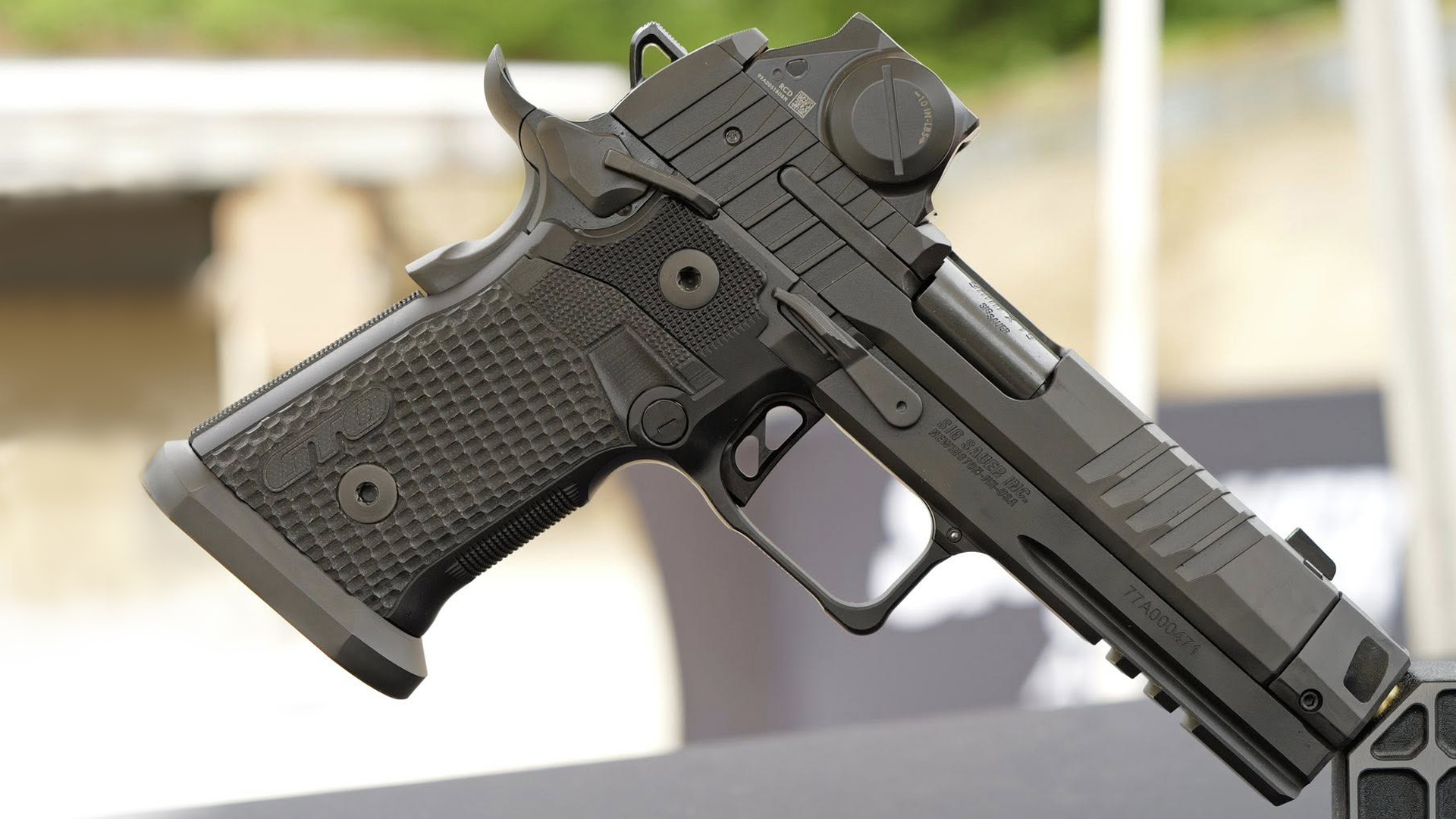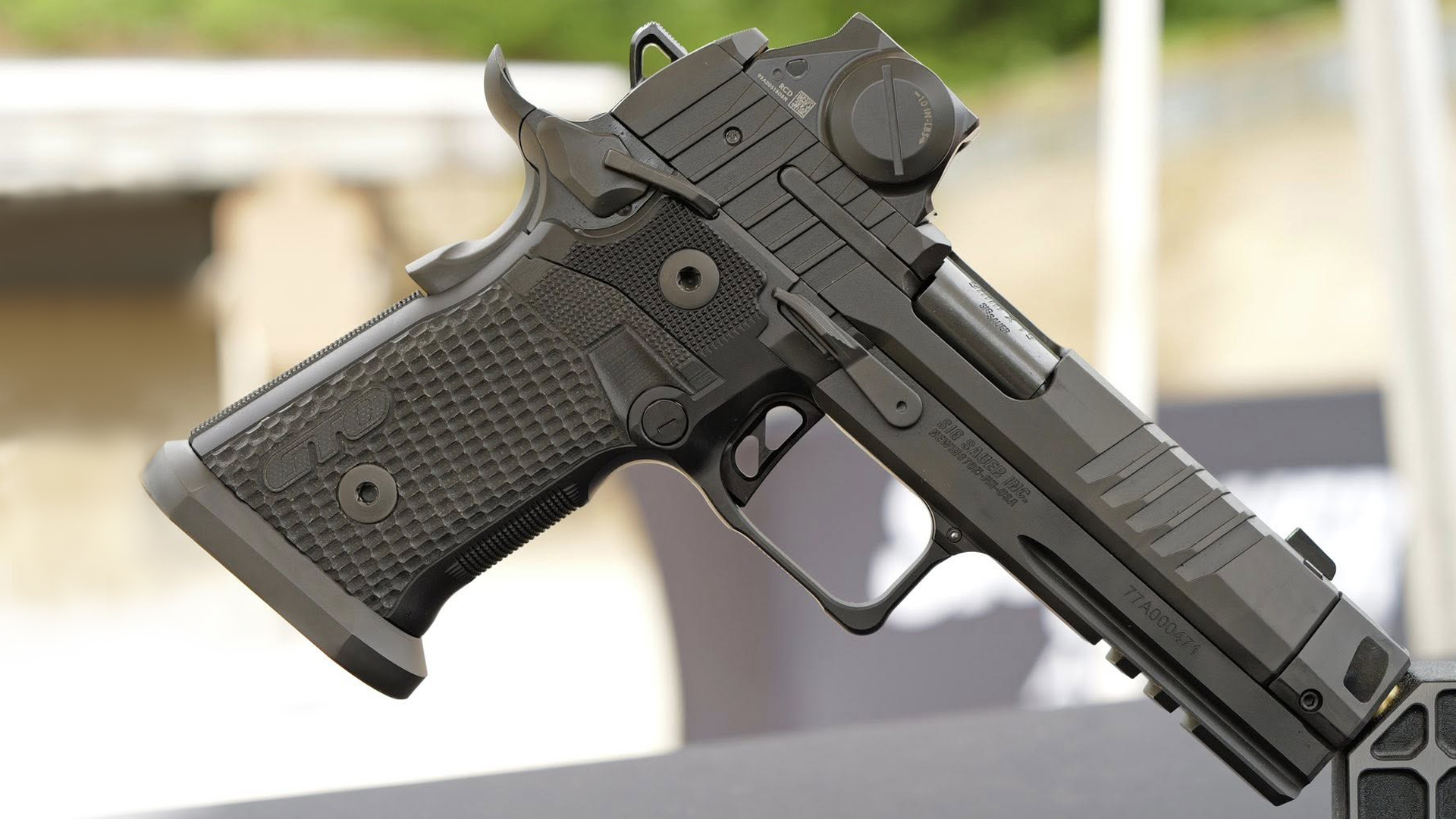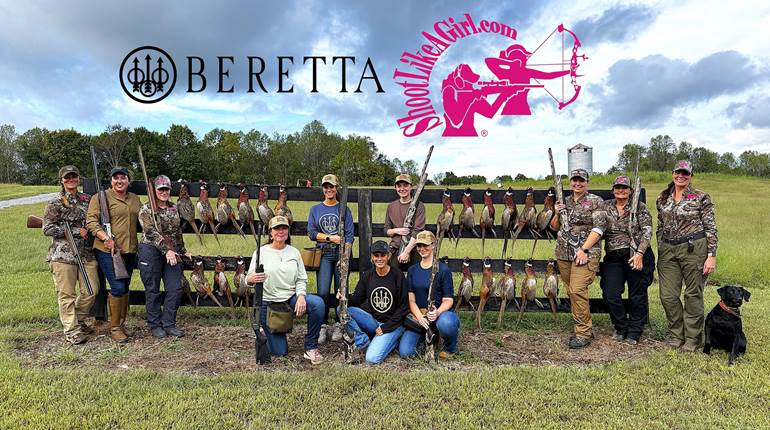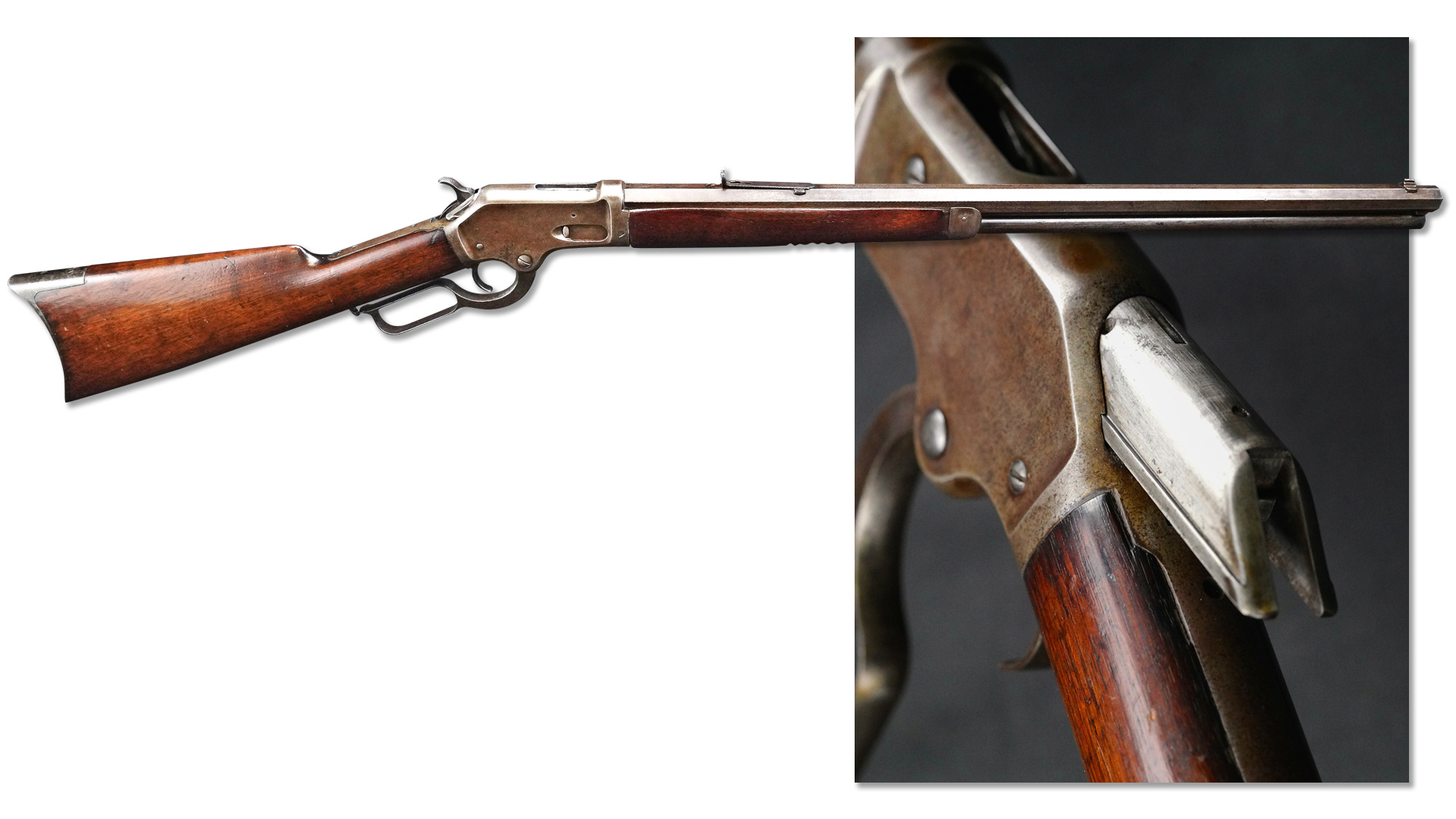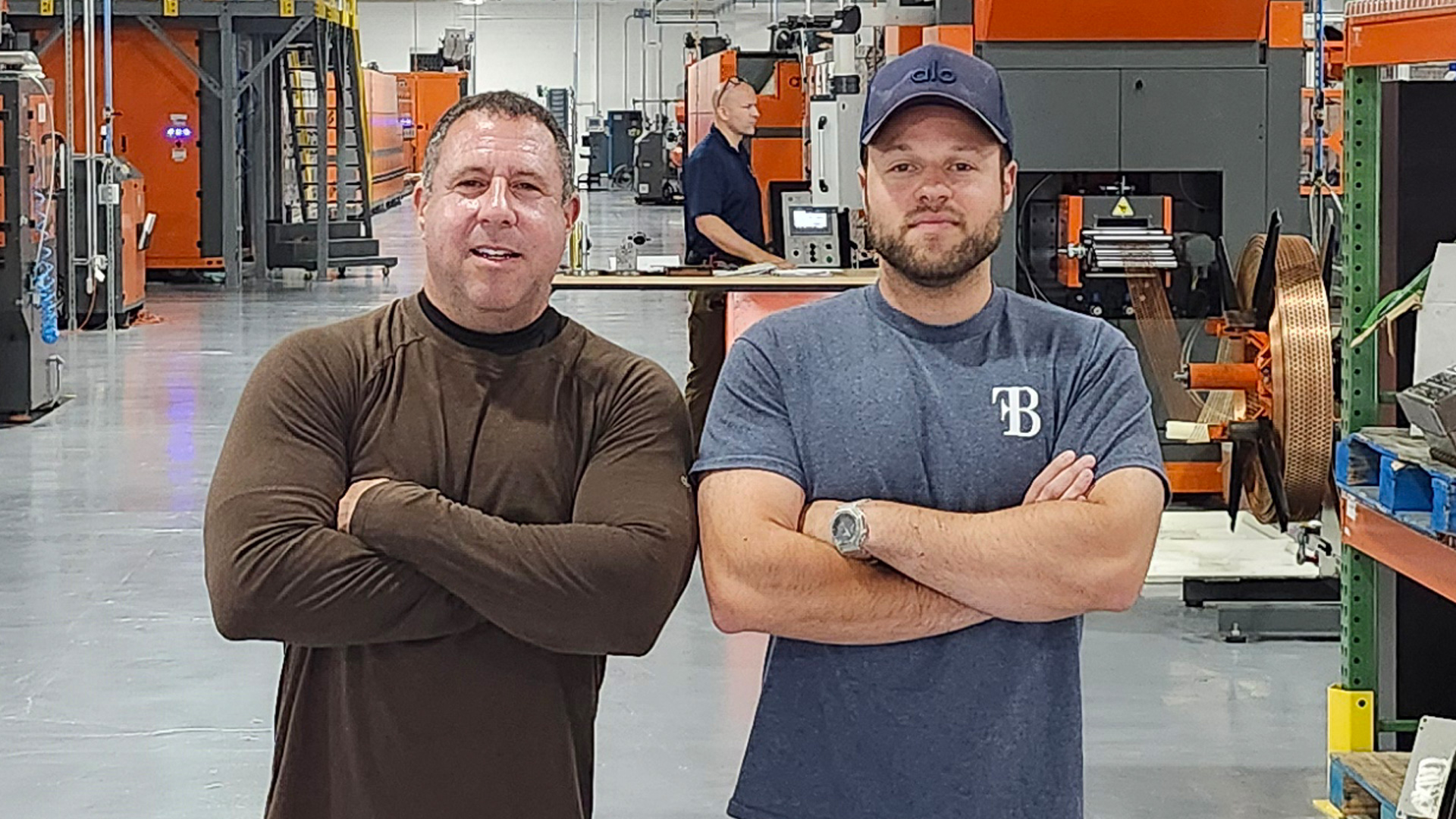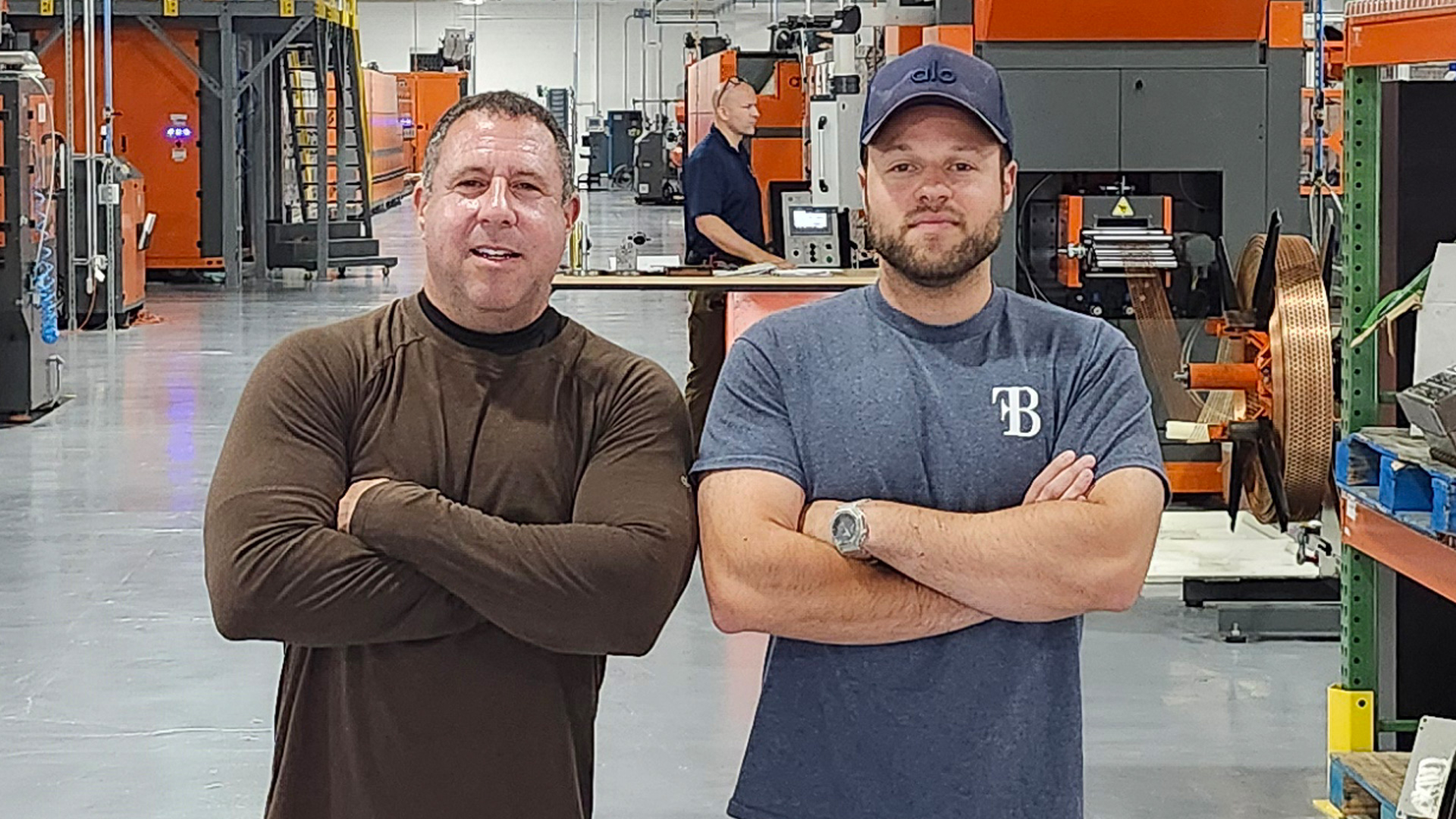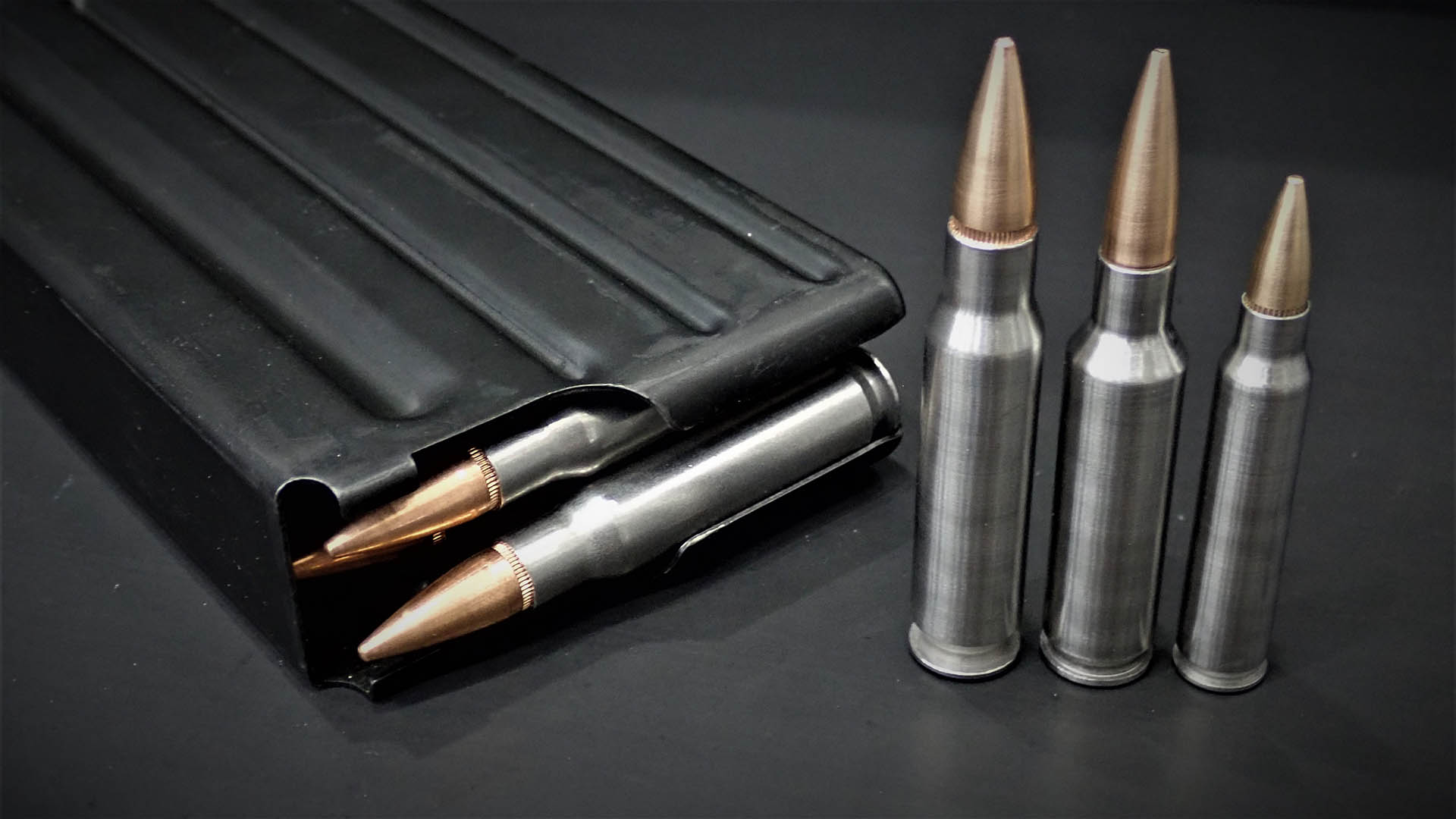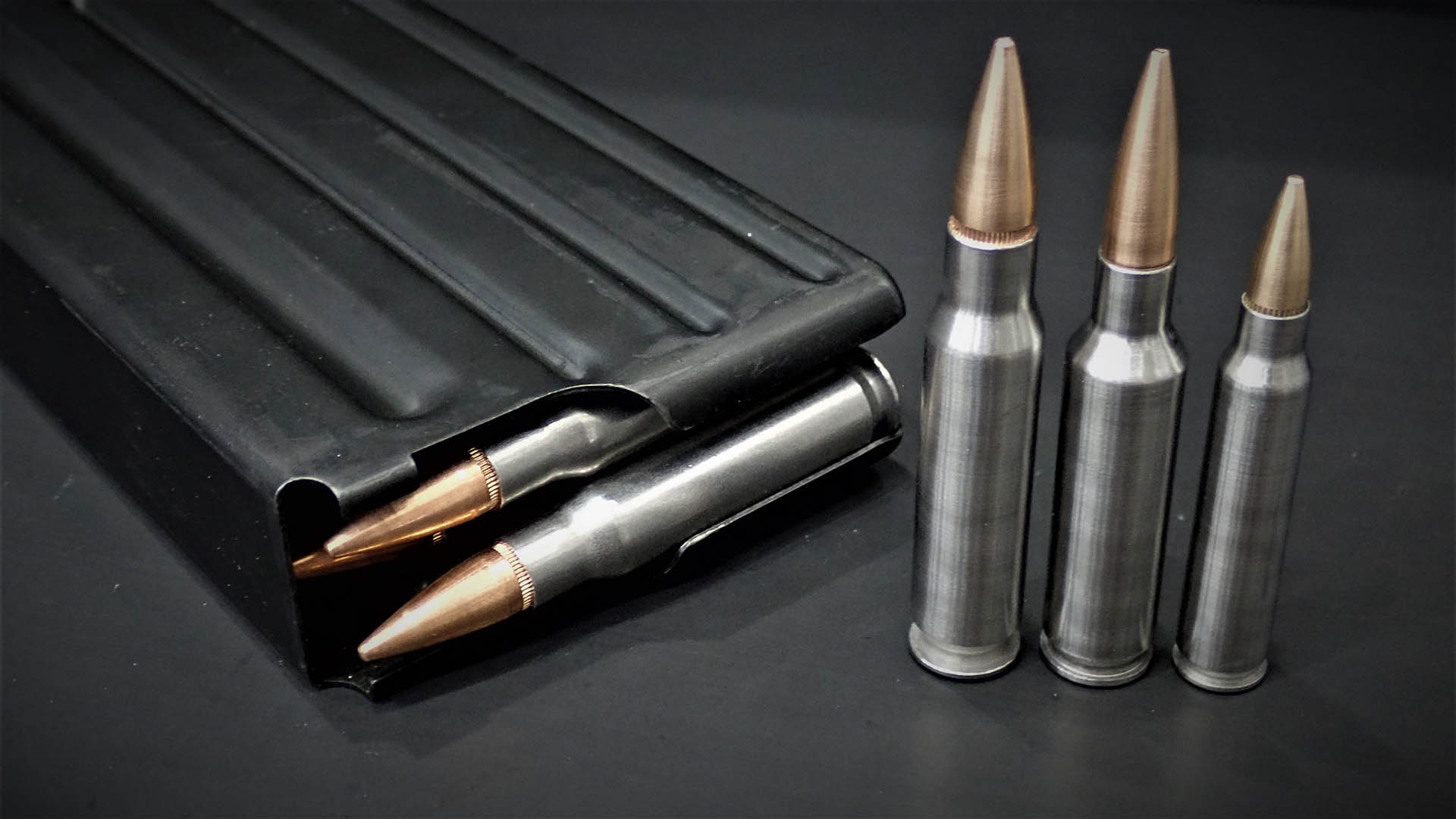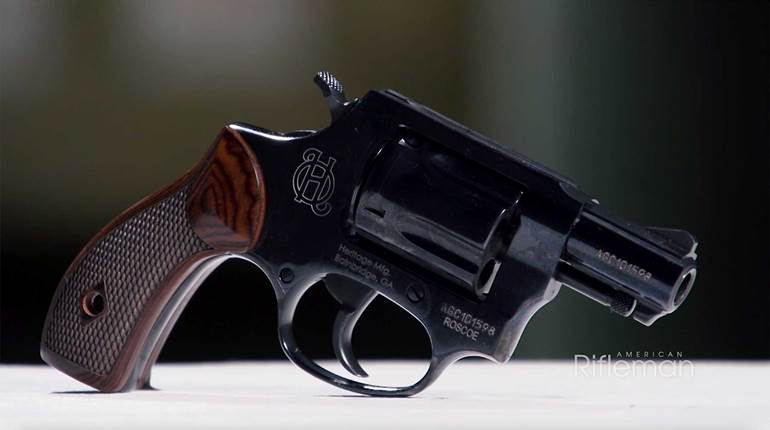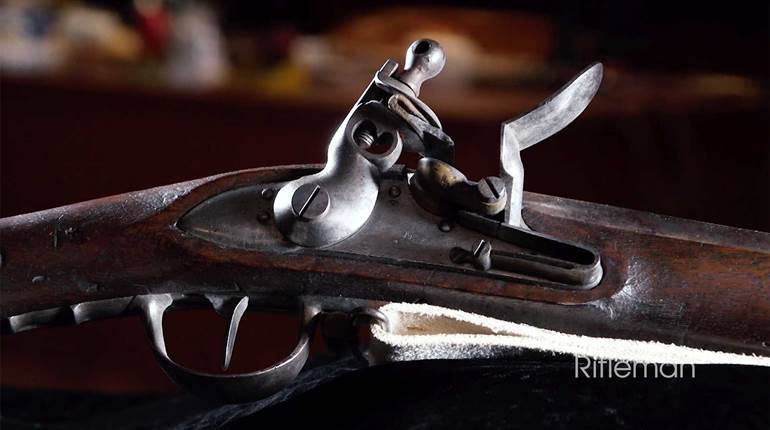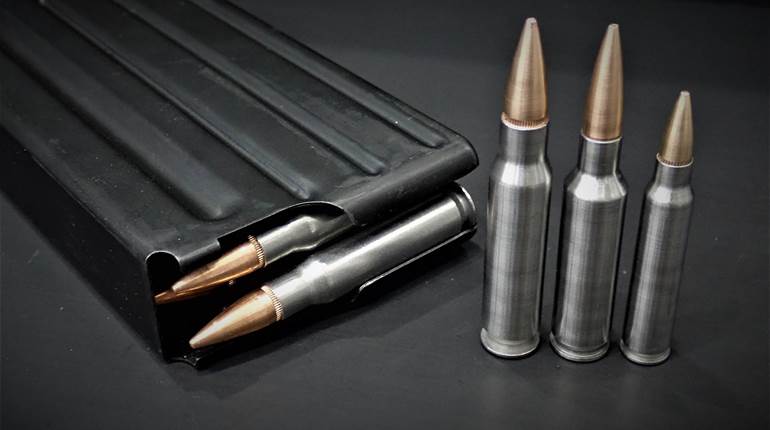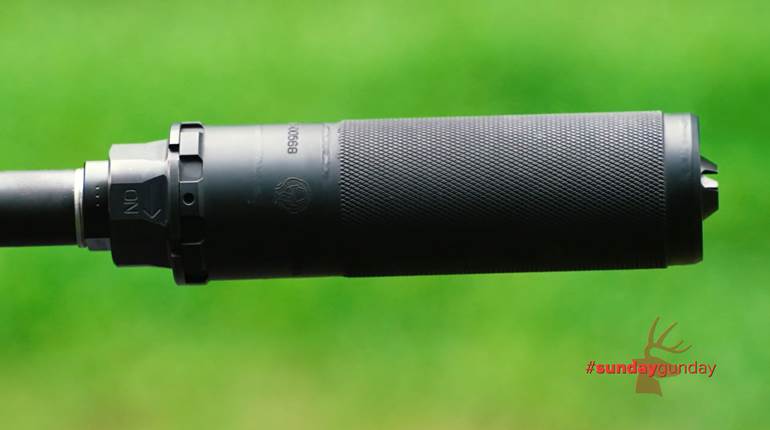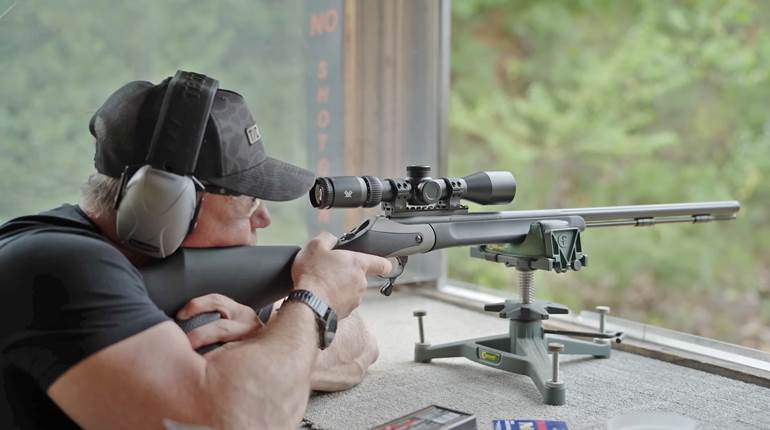
7/18/2012
As the wheels touched down at Milan’s Malpenza airport, I wondered what the hullabaloo was about. Beretta had flown me to Italy to attend a one-day introduction of an undisclosed shotgun. The invitation showed the leg of what one would suspect was a prehistoric bird, and given that Beretta began as a maker of arquebus barrels in 1526, perhaps it was some kind of 10-bore. My suspicions were wrong.
The name A400 Xplor Unico is a mouth full, but if any part of the name is significant it is unico—unique in Italian. A semi-automatic shotgun engineered to function flawlessly with any 12-gauge shotshell—from light 24-gram Olympic target loads to 2¼-ounce, 3½-inch magnums—was the reason for my travel to Italy. My initial trip was in 2008 when the Unico was unveiled. The following year, 2009, came the Light, a shortened and somewhat lighter model chambered for 2¾- and 3-inch shells. Next, in 2010, the Xcel Sporting was introduced with its bright-blue anodized receiver intended for clays, and in 2011, came the Xtreme for waterfowl and turkey hunting. While all four guns are configured for different purposes, they are all on the common A400 platform, and the tour starts at the butt and moves forward.
Recoil is the shotgunner’s nemesis. Pound away with even the lightest loads, and eventually marksmanship suffers. What did Beretta do? Its engineers started with a new Micro Core recoil pad made of a soft polymer. Ahead of the pad is the Beretta Kick-Off, a system of hydraulic shock absorbers Beretta claims reduces recoil by as much as 60 percent while also calming muzzle rise. New in the Xtreme is a compressing stock that puts two heavy-duty shock absorbers in the stock itself. Similar in concept to the 1950s Hydro-Coil and externally reminiscent of the Benelli ComforTec stock, the Xtreme’s compressible section is notable as a black chevron running from the top of the comb to the belly of the stock with the peak of the chevron pointing aft. If that isn’t enough, it added a third recoil-attenuating device, common to all A400s, called the Kick-Off 3, which is an oil-dampened buffer that takes the recoil of the bolt.
When any semi-automatic shotgun is fired, the bolt along with its assembly impacts the rear of the receiver, as did the Browning Auto-5’s bolt, with the latter resulting in the characteristic ping for which those guns were famous. Beretta’s oil-dampened buffer absorbs the secondary recoil of the bolt, easing felt recoil and protecting the action.
So if Beretta has a buffer and shock absorbers in the buttstock, what happened to the action return spring? As with the Xtrema 2 and Franchi semi-automatics, Beretta moved it out around the magazine tube, thereby eliminating the old problem of lubricant and dirt accumulation in the butt-housed spring tube that causes so many malfunctions, especially in cold weather.
Although the action retains the sleek appearance of its predecessors, it has been significantly redesigned. The gas piston, located beneath the barrel, is of a new design. Much smaller and shaped like a mushroom in the Unico, Light and Xcel models, it provides more definitive gas metering, and the piston’s circumference has a dual-action seal. The Xtreme’s piston has the more conventional shape, but both styles share the same design of a springy steel band that forms a tight seal but is constructed so that the outer perimeter scrapes the gas cylinder with each stroke, keeping it cleaner. The bolt is welded to the dual action arms so that it remains a unit, and reassembly is quick and slick.
The rotating bolt head is borrowed from Benelli—did I mention Beretta owns both Franchi and Benelli?—and is a proven system used previously on other designs. The lockup is into a hardened barrel extension that is threaded into the barrel. The barrels are made of Steelium, a word coined by Beretta to describe its proprietary alloy of steel, chromium and molybdenum that is used exclusively in the A400 series of shotgun barrels. Beretta’s barrel-making process begins with a billet of Steelium that is deep-drilled, then placed on a mandrel and cold-hammer forged into the nearly completed barrel. Finally the barrels are subjected to a proprietary process called “vacuum extension” that reorients the steel molecules to ultimately provide more consistent patterning and impact.
Beretta had dubbed the A400 action the “Blink,” which implies that it is extremely fast cycling; four shots in one second. From shooting an original A400 Unico throughout the 2008 duck season, and using an Xcel on sporting clays, I can attest to the fact that the action is very fast—and very reliable. There seems to be a race between manufacturers as to who has the fastest cycling action. If you’re shooting exhibitions at numbers of hand-thrown clays, perhaps a very fast action is an advantage, but the truth is that I’ll take reliability any time. The fact is that most of us are better shots when there’s some cool-down time for the brain, so it can focus or re-focus on the duck, dove, clay or whatever is being shot. Reliability is vastly more important. Even the slightest expectation that you will suffer a malfunction is sufficiently distracting to cause a miss. The A400 series of shotguns has provided me with no hint of a malfunction, even when the gun was caked in mud from a 150-yard crawl after some New Jersey black ducks.
The trigger group is built on a polymer base that includes the sculpted safety that is located in front of the trigger. The trigger’s construction is of the common type found on repeaters. At the front is a two-piece carrier that has the bolt latch located at the rear where the carrier and trigger meet. With the hammer cocked, the bolt will not remain locked to the rear unless the small button that activates it is pressed, dropping the carrier. The trigger pull varied over the three guns I’ve extensively shot. None possessed a match-rifle trigger, but all were smooth and not excessively heavy to pull.
New to the Xtreme is the B-Lok magazine cap that is removed and replaced with just a push and a quarter turn. It locks with a cross pin in the cap that snaps into a groove in the magazine tube that holds it in place. The Unico, Light and Xcel have the usual thread-on caps.
Like all other Beretta semi-automatics, the A400s come with a set of shims that allow adjustment of the stock for drop and cast. Adjusting a stock with the Kick-Off is a bit more involved than with a simple buttplate or recoil pad, and it requires some extra tools. The Micro Core pad comes off with a conventional Phillips screwdriver. The Kick-Off device on the Unico, Light and Xcel requires the use of a T15 Torx screwdriver that can be bought at an auto-parts store. While you’re there, buy a 13 mm deep socket to remove the stock bolt (also necessary for Benelli shotguns). Using these tools it is a simple matter to remove the stock and replace the spacer and shim with the set that comes closest to your stock dimensions. Following the instructions in the owner’s manual, and including the extra time to remove the Kick-Off, the process takes about 15 minutes. Curiously, the owner’s manual that accompanied the A400 Xtreme test gun shows a gun called the Novator. When I quizzed Beretta’s Ryan Muety, he said, “The Novator is a model we made specifically for the Russian market,” which cleared up that little mystery.
One of the departures Beretta made with the A400 series is a redesigned choke system called the Optima Bore HP. When it came along, I asked Randy Bimson, then technical director at Beretta, what the reason was for the change. He said that they moved the threads farther toward the muzzle because many shooters thread in one tube and leave it. Because the stresses from the shot column are less far forward, they felt that would partially alleviate stuck choke tubes. Lest anyone believe that a tube marked for steel shot cannot expand under repeated firing, they are wrong. I have tubes from well-known after-market makers that have expanded under repeated use with steel shot, and that is why Beretta changed to the HP tube design.
One feature that has stayed is the magazine cutoff. Located on the left side of the receiver, it can be used to shuffle rounds in the chamber, or hold them in the magazine with the chamber cleared.
So far as the stocks go, the Unico, Xcel and Light have select walnut stocks enhanced by Beretta’s X-Tra Grain Technology, a proprietary process that applies a coating that emphasizes the grain of the wood. Early guns have a fairly well-filled oil finish, but later Unicos I have observed in gun shops have a much dryer look to the wood. Still, the wood with the X-Tra Grain Technology is quite attractive. The action of the Unico’s aluminum receiver—all of the A400-series shotguns use aluminum receivers—is anodized a subtle dark green. The Light is silver in color, the Xcel has a bright blue receiver and the Xtreme is black or camouflaged in Realtree Max 4 D or Mossy Oak Duck Blind dipped camouflage. The barrels of the Unico, Xcel and Light are a deep highly polished blue; the Xtreme is matte black or camouflaged.
The original Unico A400 was made as a jack of all trades. With the adjustable stock, screw-in chokes, superb recoil reduction, it is truly a shotgun for all seasons. At the rollout, I had the pleasure of having Julio Timpini, Beretta’s master engraver and an excellent shot in his own right, load for me. He loaded, in no particular order, different-size shells from 24 grams up to the big 3½-inch Roman candles, and although shooting some really sporty clays on the Lonato shooting range near Brescia, Italy, recoil was extremely light regardless of what shell was chambered.
Even though the Unico with its walnut stock and fore-end tips the scales at a lean 7 pounds, Beretta brought out the Light A400 that runs a little more than 6 pounds. Intended for the upland hunter to whom weight is important, they are chambered for 2¾- and 3-inch shells, and the magazine is limited to two shells. The Xtreme is chambered for 3½-inch shells although one can elect to shoot much lighter shells with equally positive functioning.
Included with the new Xtreme are sling swivels, handy for any waterfowling or turkey hunting when having free hands is important. Also the Xtreme’s stock is adjustable for length of pull. Included are a 1/2- and a 1½-inch spacer that can be used individually or in combination to adjust the length of pull. Without the installed 1/2-inch spacer the pull length is 14 inches, so the stock can be lengthened to a full 15½ inches for those whose physique requires that length.
Although I have no concrete evidence, it seems to me that as Beretta moves forward, it will consolidate its premium semi-automatic shotgun line into the A400 platform. It has all the qualities needed; versatility, light recoil, excellent reliability and attractive lines. In my experience with the Unico, Xcel and Xtreme, all have performed very well in the field and at clays. Even when not cleaned, literally dragged through the mud and otherwise used and abused, I have not encountered a single malfunction, and like the test in Italy, when fed an indiscriminate mix of very light to very heavy ammunition, recoil was almost negligible and function reliable. Today’s field of semi-automatic shotguns is deep with many from which to choose. Nonetheless, the A400 series offers both versatility and specificity depending on what any particular hunter or shooter desires, and to that end it serves all very well.
Manufacturer: Fabbrica d’Armi Pietro Beretta S.p.A,
Importer: Beretta USA; (301) 283-2191; www.berettausa.com
Action type: gas-operated, semi-automatic shotgun
Gauge: 12, at present all models are 12-ga. only
Magazine: four shells; two only in the Light; plug furnished to reduce capacity to two shells
Barrel: Unico and Xtreme chambered for 2¾", 3" or 3½", 26" and 28" barrels; Light chambered 2¾" or 3" shells, 26" and 28" barrels; Xcel chambered for 2¾" or 3" shells, 28", 30" and 32" barrels
Sights: ventilated rib with various beads depending on model.
Stock: Unico, Light and Xcel have walnut stocks; the Xtreme has a synthetic stock; all are adjustable for drop and cast with supplied shims and spacers
Overall Length: 47" to 51", depending on barrel length
Weight: Light, 6 lbs. 9 ozs.; Unico, 7 lbs.; Xcel, 7 lbs., 11 ozs.; Xtreme, 7 lbs.
Metal Finish: Unico, dark-green anodized receiver, blued barrel; Light, silver anodized receiver, blued barrel; Xcel, blue anodized receiver, blued barrel; Xtreme, black anodized or dipped camouflage receiver, blued or dipped barrel
Accessories: owner’s manual, choke tubes, choke-tube wrench, hard plastic case, shim and spacer kit to adjust stock, Xtreme includes sling swivels
Suggested retail price: Unico, $1,725; Light, $1,500; Xcel, $1,725; Xtreme, $1,600 (black), $1,700 (camouflage)
